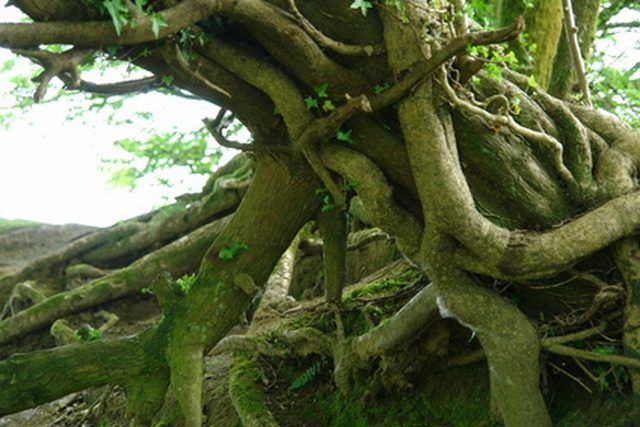Bulbs
Flower Basics
Flower Beds & Specialty Gardens
Flower Garden
Garden Furniture
Garden Gnomes
Garden Seeds
Garden Sheds
Garden Statues
Garden Tools & Supplies
Gardening Basics
Green & Organic
Groundcovers & Vines
Growing Annuals
Growing Basil
Growing Beans
Growing Berries
Growing Blueberries
Growing Cactus
Growing Corn
Growing Cotton
Growing Edibles
Growing Flowers
Growing Garlic
Growing Grapes
Growing Grass
Growing Herbs
Growing Jasmine
Growing Mint
Growing Mushrooms
Orchids
Growing Peanuts
Growing Perennials
Growing Plants
Growing Rosemary
Growing Roses
Growing Strawberries
Growing Sunflowers
Growing Thyme
Growing Tomatoes
Growing Tulips
Growing Vegetables
Herb Basics
Herb Garden
Indoor Growing
Landscaping Basics
Landscaping Patios
Landscaping Plants
Landscaping Shrubs
Landscaping Trees
Landscaping Walks & Pathways
Lawn Basics
Lawn Maintenance
Lawn Mowers
Lawn Ornaments
Lawn Planting
Lawn Tools
Outdoor Growing
Overall Landscape Planning
Pests, Weeds & Problems
Plant Basics
Rock Garden
Rose Garden
Shrubs
Soil
Specialty Gardens
Trees
Vegetable Garden
Yard Maintenance
Mutualism Between a Fungus & a Plant Root
Mutualism Between a Fungus & a Plant Root. Plants survive by absorbing water and nutrients from the soil, a process in which they receive the help of fungi called mycorrhizae. Ninety percent of vascular land plants have mycorrhizal fungi on their roots, according to the New York Botanical Garden.

Plants survive by absorbing water and nutrients from the soil, a process in which they receive the help of fungi called mycorrhizae. Ninety percent of vascular land plants have mycorrhizal fungi on their roots, according to the New York Botanical Garden.
Function
Mycorrhizal fungi occupy the roots of plants, extending the reach of the roots into the soil and allowing the plant to access more water and nutrients than the root system can reach. In exchange for these essentials, plants provide the fungus with sugars produced by photosynthesis.
Types
Ectomycorrhizal fungi form a net around plant roots but do not enter the root cells. These fungi are especially common in northern, temperate forests. Endomycorrhizal fungi penetrate the roots, making it easier for the fungus and plant to swap nutrients. These fungi colonize tropical and grassland plants.
Benefits
Mycorrhizal fungi allow plants to survive in environments where nutrients and water are in short supply. According to the New York Botanical Garden, plants would not be able to survive in most environments without the help of mycorrhizal fungi.